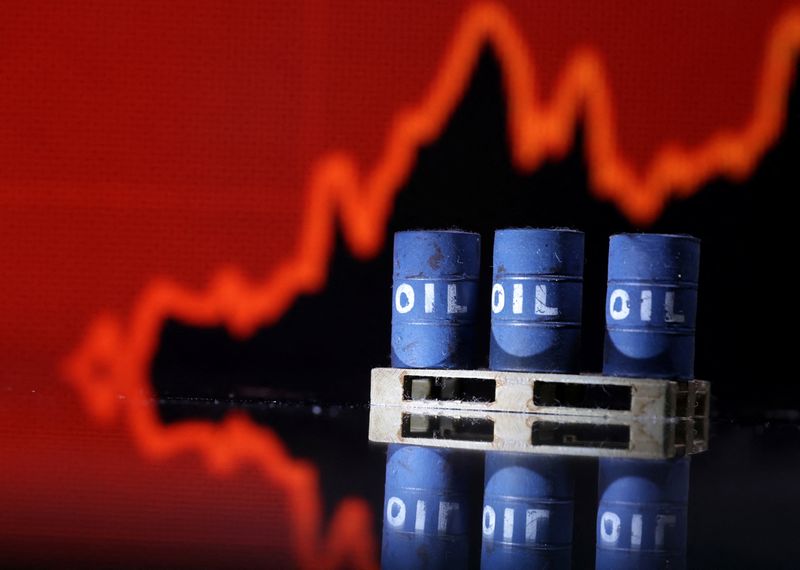China’s Xi speaks with Trump by phone, discusses Taiwan and bilateral ties
Investing.com - The crude market has suffered a volatile year, and Bank of America Global Research expects the price of oil to remain pressured in 2026.
The benchmark Brent contract has fallen almost 20% so far in 2025, averaging $69 a barrel, as the U.S. trade war and OPEC+ price war collided.
“The high end of the range was $82/bbl first on the back of U.S. sanctions on Russia in January and then as the U.S. struck Iran in June. The low end of the range was $60/bbl in May right before US and China agreed to de-escalate trade measures,” said analysts at Bank of America, in a note dated Nov. 23.
Looking forward into 2026, oil demand may grow by one million barrels a day (b/d), the bank estimated, but with non-OPEC+ supply set to rise by around 0.8 million b/d and OPEC+ poised to continue its fight for market share, a looming surplus of 2mn b/d should result in Brent and WTI prices averaging just $60/bbl and $57/bbl in 2026, respectively.
At 04:40 ET (09:40 GMT), Brent Oil Futures expiring in January edged down 0.8% to $61.47 per barrel, while West Texas Intermediate (WTI) crude futures fell 0.4% to $57.60 per barrel.
Still, geopolitics remain a risk in judging the supply levels next year, as Venezuela & Iran produced 2.2mn b/d below their current levels at the start of 2021, and Russian supply could fall short of expectations.
As world GDP expands by 3.3% in 2026, according to BofA Global Economics, oil demand growth should hold up.
Three factors may floor Brent prices at around $50/bbl if downside risks materialize, BofA added.
“First, it is not in OPEC+’s self-interest to drive prices much lower due to rising borrowing requirements. Second, US shale oil production is poised to stagnate at $60/bbl Brent and could contract materially if prices drop another $10/bbl. Three, there is still ample storage capacity and China should continue to build strategic crude inventories through 2026,” BofA added.
Weaker economic growth and the ongoing OPEC+ price war remain key downside risks to oil next year. Upside risks to energy include geopolitical tensions, although peace in Ukraine could push all fuel prices down.
